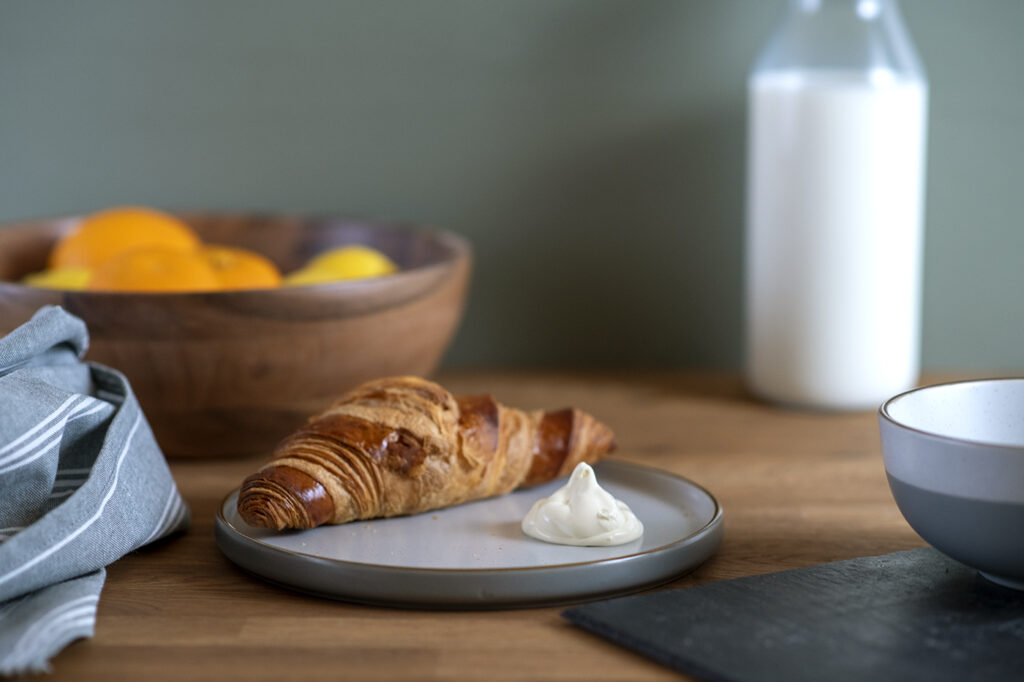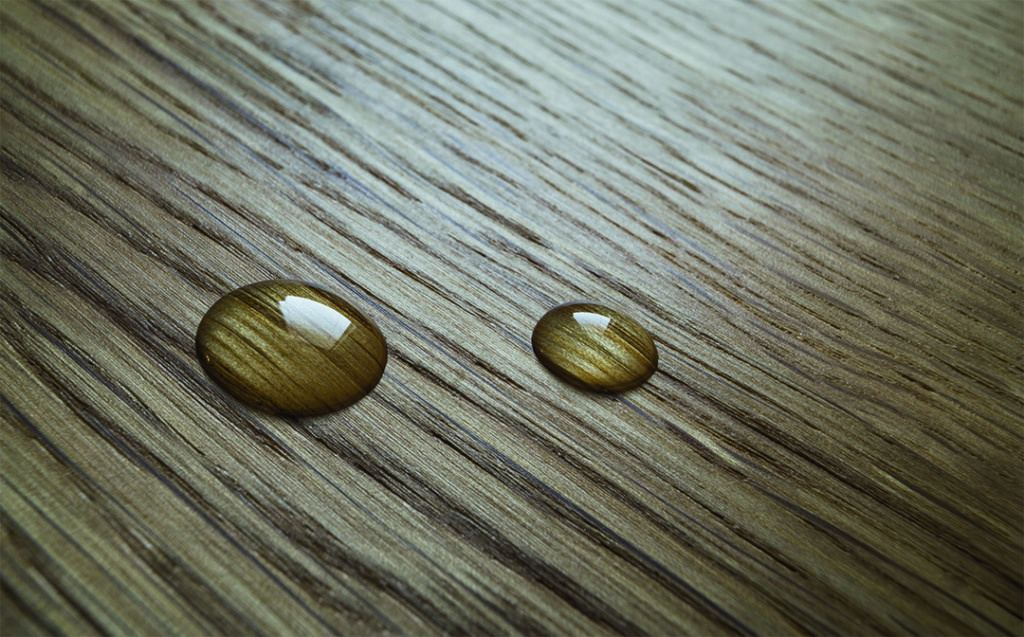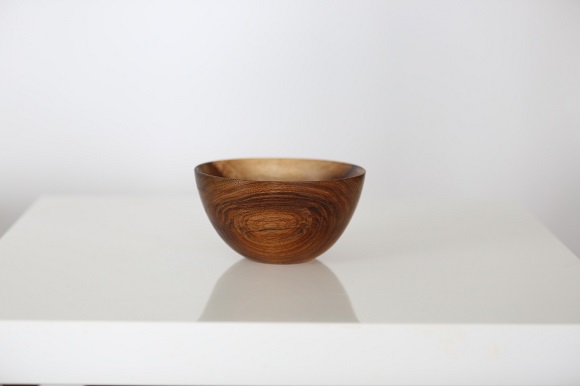Which Type of Interior Finish Must Be Sealed With Oilresistant
There's a lot of confusion about how, when and where to use wood oils. It's no surprise really, when there are so many to choose from: Teak oil, Tung oil, Danish oil, Oak furniture oil and many more, some of which are specifically designed for certain types of wood.
We thought it'd be helpful to take a look at wood oils and how to use them, and answer some of the most common questions on the subject.
First, what is wood oil?
Oil is one of the most popular ways to finish wood. The protection delivered by oils isn't quite as robust and effective as contemporary wood finishing products like varnishes. But on the plus side, oils tend to bring out the character of the wood better, they're made of natural products, plus they're very easy to apply and maintain.

Types of wood oil and how to use them
Danish oil and Teak oil dry faster than linseed oil, which is traditionally used on willow cricket bats. The finish they provide is also much more resilient.
If your wood already has linseed oil on it, it's best to carry on using it. But if it's a new project, something that hasn't been oiled before, steer clear of linseed oil. While Teak oil delivers a slight sheen, Danish oil leaves a more lustrous finish. As you can imagine, Ronseal Teak Oil is a firm favourite with our customers.
- Apply Danish and Teak oil with a soft brush or cloth, being careful not to use too much at a time or it won't sink in. Sand the wood in between coats with a fine sandpaper. You will probably find 3 or 4 coats of oil is your optimum, delivering the best results.
Standard linseed oil takes ages to dry, at least two or three days per coat, and you need multiple coats when applying it to new wood, normally three to five coats but in some cases, as many as fifteen to twenty coats can be applied. Boiled linseed oil, on the other hand, 'only' takes a day to dry. But neither are suitable for outdoor wood.
- Apply the oil with a cloth and rub it in well. Leave a day between coats and once you're happy with the finish, buff it to a lovely sheen with a soft cloth

Mineral oil is actually a very effective laxative, which you should be able to buy at your local chemist. While it doesn't give you the same sheen as the other oils we've talked about, it's perfect for things like kitchen chopping boards where you need a non-toxic finish.
Tung oil is thought by many to be the finest natural finish for wood, with its legendary performance and stunning end results. As the Tung Oil website says:
"In over 100 years of development of synthetic resins and varnishes, no one has developed a coating that surpasses the overall performance of natural tung oil.
Tung oil is a drying oil obtained by pressing the seed from the nut of the Tung tree (Vernicia fordii). As a drying oil, Tung oil dries upon exposure to air. The resulting coating is transparent, waterproof, and flexible, a property exploited in most of its applications, which include wood finishing and the composition of traditional oil paints, caulks, mortar and India ink. Tung oil is used on wooden toys as it is naturally non-toxic when dry and is not affected by mould like linseed oil. Tung oil is able to move and flex as wooden surfaces expand and contract with age and changing temperature.
The Chinese have utilised the properties of Tung oil for hundreds, if not thousands, of years for caulking and painting of their boats, treating leather and waterproofing paper and cloth."
The Tung tree originated in central and southern China, concentrated around the Yangtse River, and it appears in the writings of Confucius from about 400 B.C.
You need to apply Tung oil using a special method called wet-on-wet burnishing, more complex and involved than many other oil application methods. Most amateurs find this process difficult. While you apply Tung oil just like linseed oil, you need to sand the surface after each application of oil and it usually takes at least 3-5 coats plus 2-3 days drying time in between each coat. If you'd like to attempt it, here's an excellent video…
What is the difference between a wood oil and a varnish?
Oil is a natural product. Oils cure slowly and penetrate into the surface of the wood. Multiple coatings can be applied until the wood is unable to absorb any more. Additional coats can be applied if desired to create a surface build or coating of oil. Varnish is a synthetic product made by cooking a natural oil like linseed oil, Tung oil or even soya oil with a resin like polyurethane. It's used to build up layers on the surface of the wood to create a plastic-like coating that gives a hard wearing, protective finish or seal to floors and other wooden surfaces.
Can I varnish over wood oil?
In short, the answer is 'No'. Because most modern varnishes are water-based, they are generally not compatible with oiled surfaces. The easy way to think of this is having water and oil in a frying pan – try to mix them and they separate. If a water-based varnish is applied on top of an oiled surface, it's highly likely that it will not bond with the wood and will therefore peel off very quickly. Some types of varnish can be applied over an oiled surface but the process is difficult and needs specific primers and varnishes to achieve this.
The easiest approach to varnishing a previously oiled floor is to use a floor sander to remove the surface of the wood, including the wood oil. Wood oils never penetrate more than a couple of microns into the surface of the timber so it won't require too much sanding to get back to clean, bare wood.
What is the best oil for Oak furniture?
- Oiling Oak worktops provides the best finish. It adds more depth and character than varnishes and lacquers, is easy to work with, and provides a water-resistant finish.
- For other interior Oak, an Oak furniture oil like Danish oil is a popular choice for preventing stains and cracking and providing a beautiful, lustrous finish.
- Danish oil makes an excellent wood floor oil, but modern proprietary products are sometimes easier to work with. If you'd like advice from the experts, feel free to call us.
- A common question is 'What is the best outdoor furniture oil?' We recommend using a high quality Teak oil or other specialist garden furniture oil to protect wooden garden furniture.
Can I use olive oil on wood furniture?
Yes, you can. Use a cloth to work the oil into the wood grain, rubbing back and forth. When the wood has absorbed the oil, leave it for ten minutes then wipe the excess off with a clean cloth. Untreated wood tends to take 2-3 coats, but if you're unsure just stop when the wood stops absorbing the oil.
Although vegetable and other natural oils can be used, we would always recommend using a dedicated furniture oil as these contain a specially formulated blend of oils and resins, which provide additional durability and wear resistance. A great wood oil that can be used on most types of wooden furniture is clear Osmo Polyx Oil, or if additional colour of a stain is required, we recommend Osmo Polyx Oil Tints.
What is the difference between decking oil, decking preservative, decking paint and decking stain?
- Decking oil penetrates into the surface of the wood, protecting it from cracking splitting and warping, it also helps to repel rain and moisture. Available in clear and coloured variants.
- Decking stains are usually a coloured varnish-like coating that sit on top of the wood to provide colour and protection.
- Decking preservative is usually a spirit-based preserver that penetrates into the wood to protect against mould, algae, dry rot and insect attack, depending on the product you're using. Many spirit-based wood preservatives are available in a range of colours that can be over-coated with a clear decking oil.
- Decking paint sits on the surface of the wood and helps keep moisture out. Decking paints are very similar to decking stains in that the paint produces a surface coating that sits on top of the decking timber.
Is there a substitute for linseed oil on a cricket bat?
Yes, but most cricket experts believe you can't beat raw linseed oil. For a new bat with no finish, apply at least two coats of raw linseed oil to the front, back, edges and toe, using a soft rag. The face and edges of the bat should be rubbed down with fine sandpaper every 3-4 weeks during the cricket season and a light coat of linseed oil re-applied. When it has sunk in, wipe off the excess then buff your bat to a sheen using a clean cloth.
How do I refinish olive wood bowls?
If you're using the bowls to store or present food, never use a vegetable oil. All you'll get is a horrible smelly, sticky finish. Use a colourless, odour-free, light mineral oil instead, a safe and popular by-product of petroleum.

Tips for using wood oils safely and effectively
- If you want to stain the wood before you oil it, use a water-based stain. If you use an oil-based stain, it'll block the pores in the wood and prevent the oil from doing its job properly.
- Never, ever leave an oily cloth rolled up. It can easily generate heat and catch fire. Dry it flat outdoors before storing it or chucking it in the bin.
Need help with choosing the right wood oil?
Do you have any questions about interior or exterior wood oils? We'll be more than happy to answer them. Just get in touch. Alternatively, visit our FAQ page for any and all wood oil-related queries.
We love to see before, during and after photos of any wood finishing project. If you would like to share your decking project pictures with us, you can either send us some photos or share on our Facebook, Twitter, Pinterest or Instagram pages.
Some of our other great oil related posts
Source: https://www.wood-finishes-direct.com/blog/wood-oils-best-used/
0 Response to "Which Type of Interior Finish Must Be Sealed With Oilresistant"
Post a Comment